The top 10 rainforests and jungles in the world.
- Get link
- X
- Other Apps
The top 10 rainforests and jungles in the world

A trip into a rainforest or jungle is to enter the richest habitat on earth. This is an eco-system that supports animal and plant kingdoms in a fragile interdependency—an environment where man is tolerated rather than accepted. The world's forests are endangered, and must be visited with care, but to experience one is to open our eyes to the challenges that we face. Forests support over five million plant and animal species, and even now, protect numerous undiscovered species.
The best way to visit these precious environments is on an organised tour. Some forests are relatively safe from harm and quite welcoming, but some are fragile, on a knife-edge, and need soft footfall visits in order to protect them. There are also numerous local tourism, conservation and volunteering projects that educate visitors and support local communities, taking you deep into the lush green hearts of these magical places.
1. DAINTREE
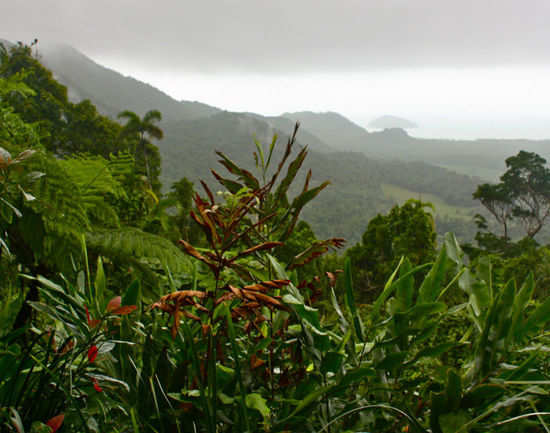
While thousands of people visit the Daintree, in far North Queensland, you can still escape from it all and experience the ancient sense of this place. Famously known as the place where 'the rainforest meets the reef', it is home to one of the largest range of animals and plants on earth. It contains 30% of the frog, marsupial and reptile species in Australia, and 65% of Australia's bat and butterfly species. The forests are ancient and can track their lineage back around 135 million years. These forests act as a reminder of what much of Australia was like when it was far wetter through the presence of primitive flowering plants. For instance, the ancient rainforests stretched out as far as the Uluru/Ayers Rock. Now they exist in small pockets—none of them is more impressive than the Daintree where coral reefs push up against dazzling white beaches that then merge into the tropical rainforest.
2. THE AMAZON RAINFOREST
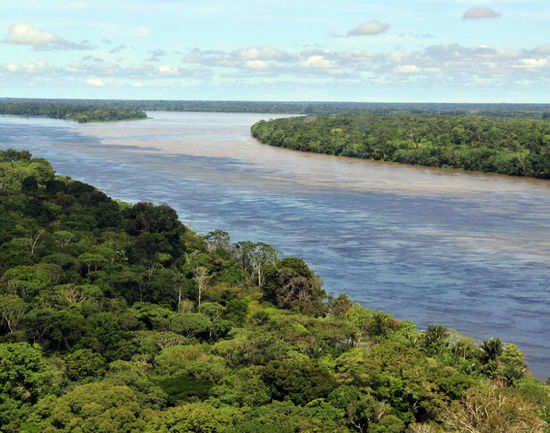
3. MONTECRISTO CLOUD FOREST
4. CHAPADA DOS VEADEIROS AND EMAS NATIONAL PARKS
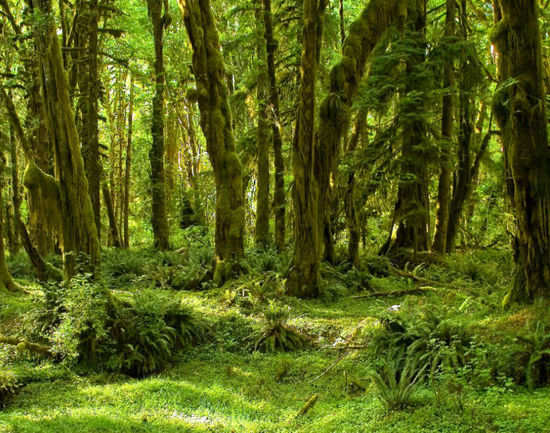
5. ALASKA'S BACKCOUNTRY RAINFOREST
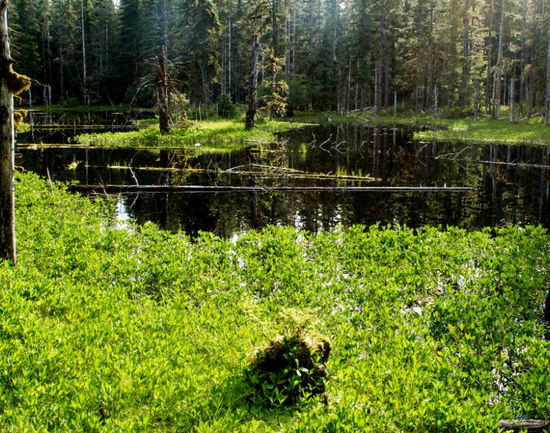
6. SINHARAJA FOREST
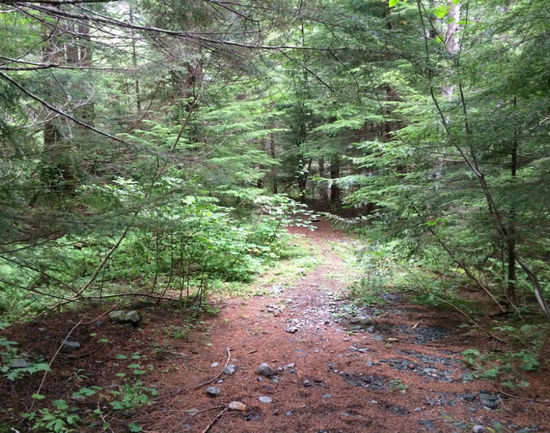
7. KINABALU NATIONAL PARK
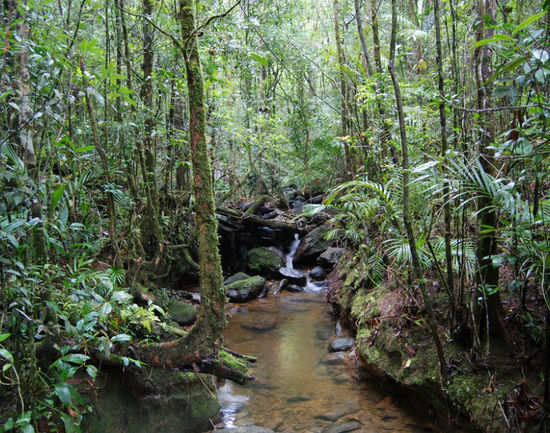
8. MONTEVERDE RESERVE
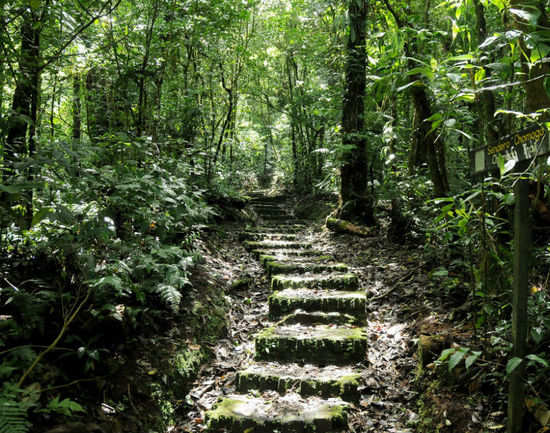
9. SAPO NATIONAL PARK
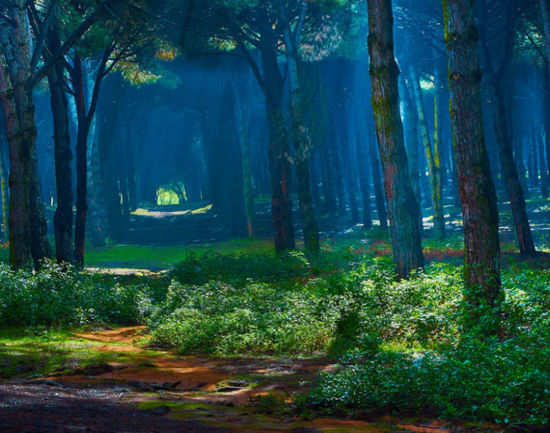
10. ECUADOR'S CLOUD FORESTS
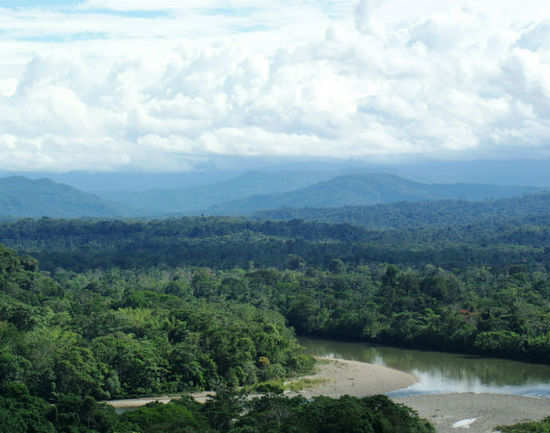
Amazon, the thickest and the darkest jungles in the world spreading across nine countries, is simply mystical. However, most part of this forest falls in Brazil, South America. This, being the largest rainforest on the planet earth, is home to around 3000 species of fish, more than 1,200 kinds of avifauna, 370 kinds of reptiles and 420 various mammals. Amazon forest is a mystery! No one has yet explored it entirely because of its thickness and vastness. The place has been visited by a number of jungle enthusiasts and bio scientists and they are still uncovering what lies in the heavy jungles of Amazon! The tribes that inhibit the jungles of Amazon are still untouched by what lies behind the wall of greens. They still live without internet and television among the plants and trees and animals, a fact that still is a mystery in itself!
The Backcountry Rainforest is huge and dark. If you ever get lost in this rainforest, it will be really hard for you get out of the tangles of the enormous trees and thickness of this jungle. The landscape is gorgeous though! The incredible dark forests and mountains inside make Backcountry the largest (area wise) temperate rainforest on earth. You will find people living near the valley at the end.
Sapo in Liberia is counted amongst the last places on the planet to have virgin rainforest. You can easily catch cholera and Malaria here and quite interstingly and weirdly the tree sap of the forest have certain flesh-eating micro-organisms too. Here humans are an easy prey to animals and mosquitoes. However, the jungle is beautiful and mystical, and if you wish to visit here anytime make sure you inform the required authorities beforehand! They can arrange a few things or a local guide who can take you inside the jungles safe zones where you can have your share of exploring this beauty.
Montecristo Cloud Forest in El Salvador, with its high elevation, receives huge amount of rainfall. The place is also home to various kinds of animals and insects including owl, spider, monkey, pumas and toucans, among others. On the other hand, Monteverde Cloud Forest in Costa Rica is one of the most interesting places where one can easily spot quetzal, monkeys, jaguars, snakes and butterflies, among others.
- Get link
- X
- Other Apps
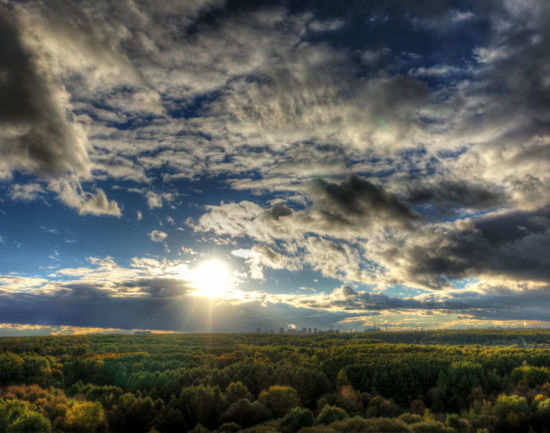

Comments
Post a Comment